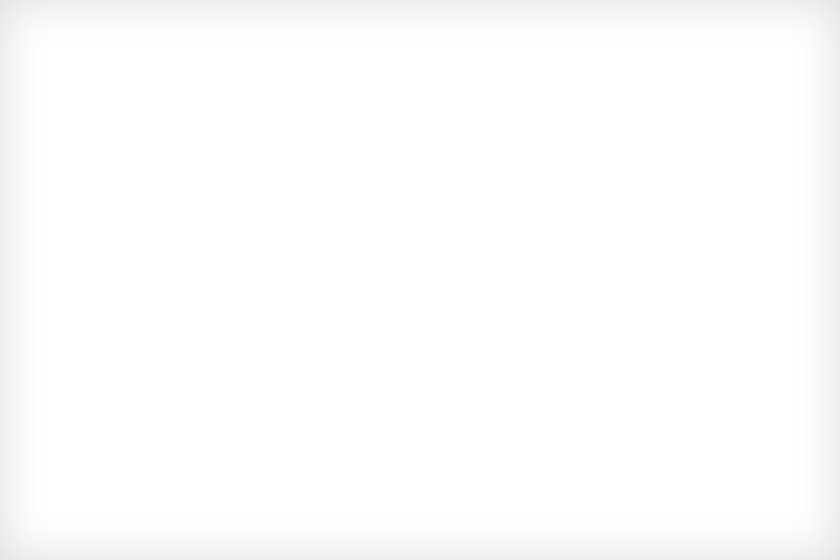For ages, waterfowlers used rough approximations of certain letters of the alphabet as their starting point for duck decoy spreads, often with the intent to control how birds physically work a decoy spread. Taking into consideration variables such as wind speed, wind direction and blind placement, gunners can use letters such as U, X, L and the aforementioned J in a bid to put birds where they want them. Here’s how it works
J Decoy Spread
Also known in some ‘fowling circles as The Fishhook or simply The Hook, the J is the go-to spread whenever you target divers, regardless of whether you’re gunning from shore or from a boat. Visually, the J is just as it’s written. I usually angle the long leg or tail of the J (either one or two 100-foot mainlines, each carrying 12 decoys) out and away from my blind at roughly 45 degrees.

This is always done downwind, or as much as the situation allows, and in a direction that visually intercepts the birds’ primary flight line. The bend or curve of the J is set just upwind of the blind and at 20 yards’ distance; inside the bend, 12 to 18 individually rigged and tightly packed ‘bills simulate the aforementioned mob feeding on submerged vegetation. Passing birds that see the predominantly white all-drake rig follow the outside of the tail upwind, their intent being the feeding frenzy on the water.
“J” TIP — If there are canvasbacks in the area, put out eight to 12 drake cans at the point of the bend. Goldeneyes work well here, too.
U Decoy Spread
Not surprisingly, the U is also known as the Horseshoe. Puddlers or divers, the species seems to matter not, for the U comes into its own on those days when the wind is fickle and changing direction hourly, if not minute by minute. In some instances, rearranging the entire spread might be best; however, if a total makeover is not in the cards, the U allows for radical changes in wind direction while still putting birds into the hole.
The U starts with a bend at the blind with the rough semblance’s of legs trailing downwind left and right. To allow for even greater degrees of wind shift, I often flare the ends of legs out, thus creating additional landing zones at either the inside or outside edges of the spread.
Ideally, and in spite of the wind direction, the U acts like a three-sided corral, with the mouth of the U as the open gate. Not wishing air traffic control issues, incoming birds — particularly divers — will shoot for the empty water.
“U” TIP — Sometimes it’s easier to move the blind, if possible, than it is the entire spread. If the birds don’t want to finish, relocate your hide to quarter the wind best you can; that is, set your blind along one leg or the other instead of at the bottom of the U.
L Decoy Spread
The L isn’t too different from the J in basic shape except in the number of decoys used from start to finish. Like the J, the L helps direct birds to a specific spot on the spread. Starting at the downwind tip of the longer leg, the L grows in width as it approaches the blind, a visual increase that mimics birds just landed — those at the tip — that are swimming or walking to join the congregation nearer the blind located at the bend.
It’s realism at its best, and in the case of big-water divers, the tightly packed mass of drakes at the blind has incredible long-distance drawing power.
Conversely, the L shrinks in width as the shorter leg angles away from the boat or blind. This wall of decoys represented by the shorter upwind leg works to prevent birds from overshooting the spread; the mass at the blind, again, serves to convey either an abundant food source or safety in numbers.
“L” TIP — Six to eight Canada floaters set 10 yards off the tip of the shorter leg increases the overall visibility of the rig while attracting puddlers, honkers and specklebellies.
X Decoy Spread
I’ve taken to referring to the X as the Random Placement Theory of Decoy Arrangement because that’s what it is — random. And as such, the X eliminates or at least disguises much of the humanness we hunters so often apply to our techniques, be it calling, decoys or the inability to not gawk, pie-eyed and white-faced, at incoming birds. The X, therefore, is realistic, particularly for late-season puddlers, and even more so when the rig consists of several different species, along with the traditional mallards.
Here, wind direction is less of a concern as it is with other letter-based spreads, though an in-your-face breeze is always less than desirable. To set the X simply plant your feet and empty your decoy bag in a rough approximation of the letter. It’s important to keep the ends of the legs close. Thirty yards is fine, but 20 or 25 steps might be even better. As for the landing hole, you’re standing in it: It’s the empty spot where the legs intersect.
“X” TIP — The X works well on windless days, with the addition of a multi-decoy jerk cord located off-center in the hole.












